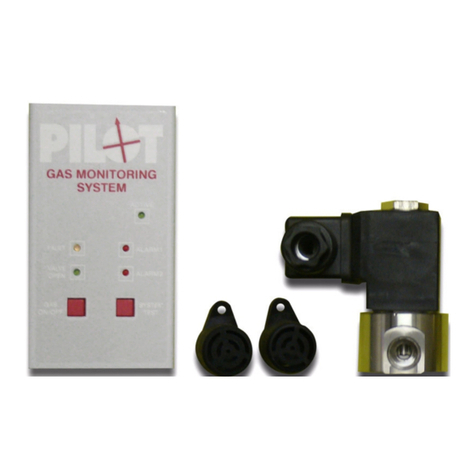2
Contents
1. Introduction ............................................................3
2. Your Device.............................................................4
2.1 Front Panel & LED Indicators ............................5
2.2 Liquid Petroleum Gas Sensor............................7
2.3 Technical Specification......................................8
3. Installation ..............................................................9
3.1 Wiring..............................................................10
3.2 Pin Definitions.................................................11
4. Initialisation & Testing ..........................................12
4.1 Initialisation ....................................................12
4.2 Testing ............................................................13
5. Alarm.....................................................................14
6. Troubleshooting....................................................15
7. Sensor Replacement .............................................16
8. Warnings...............................................................17
9. Contact Details......................................................18



























